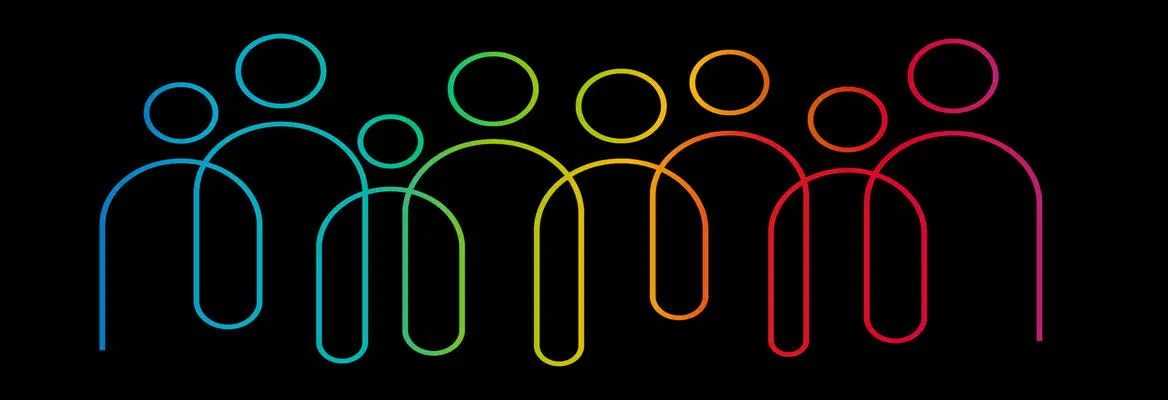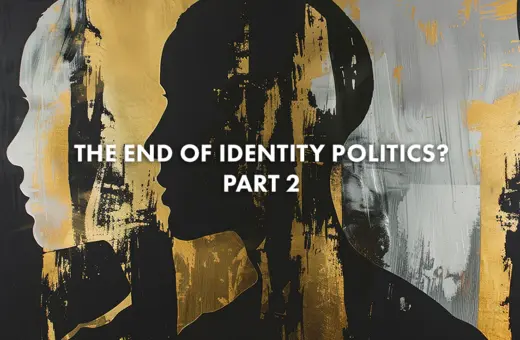From the pronouns we use to describe our friends, to masculinization or feminization of abstract nouns, gender is undoubtedly a concept buried deeply into the structure of many languages. Yet, some languages have evolved to incorporate it more than others. In this article, Tamar Kricheli Katz and Tali Regev demonstrate the pernicious effects that gendered languages have, and how a movement towards gender neutrality might alleviate some of these problems.
Many are aware that languages spoken around the world vary according to how speakers are required to indicate gender grammatically. In gendered languages such as French, Spanish, German, and Hebrew, the parts of speech—pronouns, nouns, adjectives, and/or verbs —have feminine and masculine forms. These forms of speech, which refer to one gender exclusively, are used more frequently in gendered languages than in gender-neutral languages.
With most gendered languages, the grammatical rule is to use the masculine form of the language as the generic reference for females and males together. For instance, if a mixed group of women and men are being addressed jointly, the grammatical rule is to address them collectively in the masculine, as though the group is exclusively male.
Even the English language, although relatively gender neutral, makes use of gendered pronouns (he/him/his, she/her/hers) and gendered nouns (like widow or widower). Recent calls to modify gendered languages by changing the pronouns in use, thus making them genderless, have evoked heated debates around the globe. This prompts the question: what would be the implications of such changes for how we understand and perform gender?
___
___
Studies in the social sciences show that the linguistic features and grammatical structures of languages tend to correlate with the attitudes, preferences, and the behaviors of the people who speak them. For example, the speakers of languages with different structures and features vary accordingly in their processing of colours, time-related behaviours, and importantly, their gendered attitudes.
Relatedly, research suggests that gendered languages are associated with gender inequality. Countries in which gendered languages are spoken tend to manifest greater levels of gender inequality with respect to labor, credit, board membership, division of household labor, and education than countries whose languages are governed by gender-neutral grammatical conventions.
An accumulating body of research on gendered languages suggest that the gendering of languages affects—and not merely reflects—the attitudes people take towards gender, and the ways in which they behave.
In one study, answers of bilingual people (who were fluent in French and English or in Spanish and English) to a survey about sexist attitudes were more likely to feature the expression of sexist attitudes when questions were asked in a gendered language (French or Spanish) than answers to the same survey when questions were asked in English.
In another experimental study, addressing women in the masculine in an academic-motivation questionnaire generated lower reports of task value and intrinsic goal orientation, when compared to addressing women in the gender-neutral form of the language. Finally, it has been shown that addressing women in the masculine, as opposed to the feminine, can negatively affect their performance in math-related tasks.
___
___
One reason why the gendering of language in everyday use can affect people’s attitudes and behaviors relates to the significant cultural role played by gender in organising our society. Research shows that in interactions, people unconsciously categorise others by their perceived sex and gender; and that they use gender stereotypes to make sense of the people with whom they interact.





















Join the conversation